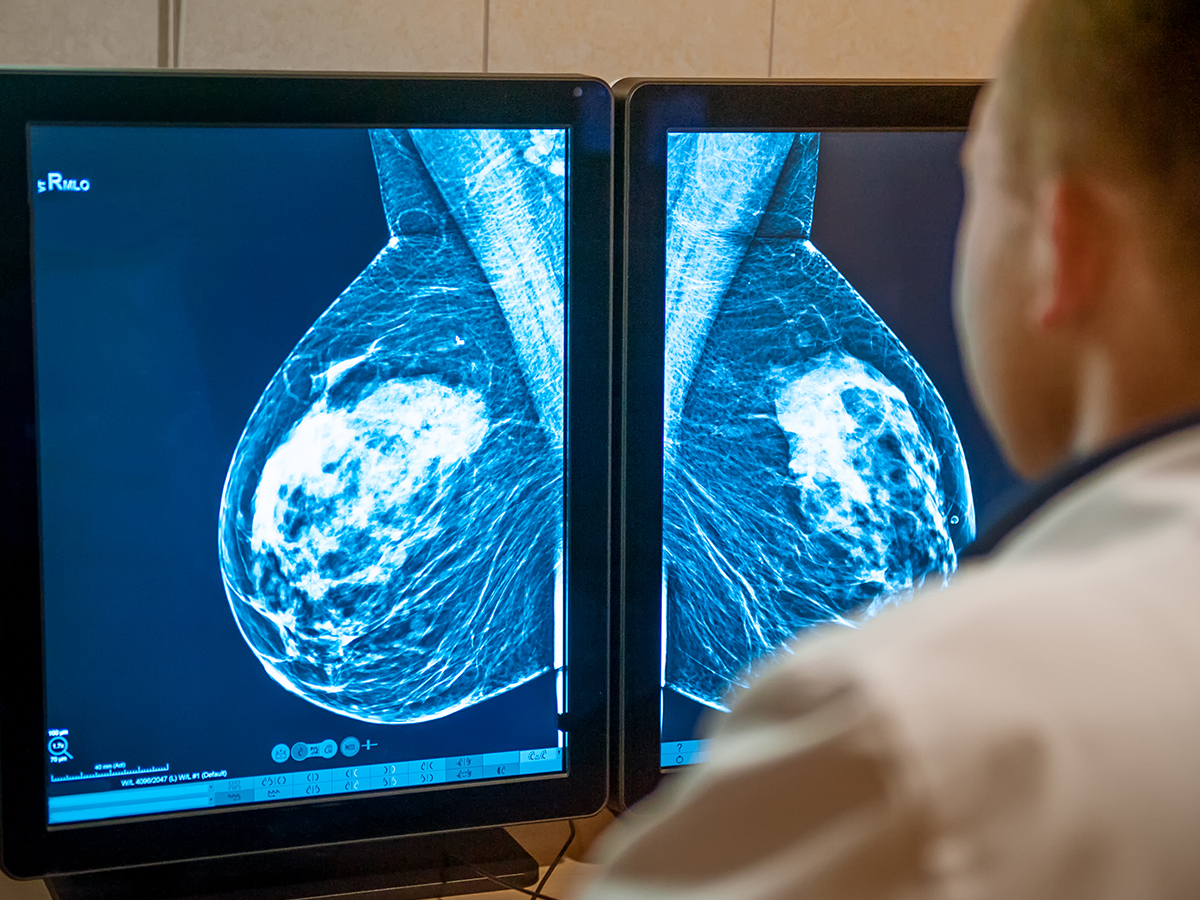Breast density is a crucial factor when it comes to the detection of breast cancer. The density of one’s breasts can not only affect how difficult it may be to notice cancerous lumps, but it can also be a key factor in determining the type of screening method that is best-suited for the situation. Consult with Zwanger-Pesiri today and learn about the different classes of breast density and what they mean for your health.

Class 1: Fatty
One out of 10 women have mostly fatty breasts. While it seems like you should be able to determine density on your own, the fact of the matter is that it takes a mammogram to be sure. Fatty breasts are at less of a risk for cancer than more dense breasts, but it is still important to get regular mammograms in order to assure that there are no internal and potentially problematic growths.
Class 2: Scattered Fibroglandular Density
Class two density means that the breast is composed mostly of fatty tissue with sporadic areas of dense tissue throughout. About four in 10 women are in this class, and — while it is slightly more dense than a strictly fatty breast — it is at a lesser risk for the development of cancer.


Class 3: Heterogeneously Dense
While all of these breast types are absolutely normal, class three is where the scientific community draws the line and considers the breasts to be dense. Four out of 10 women also have heterogeneously dense breasts, meaning that it accounts for almost half of the population. This is where we start to see a significant increase in the development of cancer amongst the mixed dense and fatty tissue, the former being where cancer more frequently develops.
Class 4: Extremely Dense Tissue
Class four breast density includes one out of 10 women and can lead to problems when it comes to cancer detection. The more dense the breast, the more white will show up on your screening. This is also, unfortunately, the class most at risk for cancer growth. It tends to develop more frequently in dense breast tissue, which can compound the problem when it comes to detection. It makes it difficult to differentiate between tissue and potentially cancerous growths.

Despite the difference in the classes of breast density, the fact of the matter is that anyone can develop cancer. It is still best to stay vigilant and keep an emphasis on prevention through early detection by getting regular check-ups.
When it comes to breast cancer and your general health, it is important that you are seen by professionals in the field who stay up to date with current scientific information and cutting-edge technology. Reach out to Zwanger-Pesiri in New York at (631) 444-5544 today and schedule an appointment to ensure the security of your health.